simulate this circuit – Schematic created using CircuitLab
Okay I have struggling with this problem for some time and I cant figure out how to solve it.
The circuit is in resonance!
I tried solving it like this: P = (I1^2)*R1 + (I3^2)R2 = R(I1^2 + I3^2)
R = (P)/(I1^2 + I3^2)
Then I drew phasor diagram and found I3 like this:
I - I3 = sqrt(I1^2 - I2^2)
I3 = I - sqrt(I1^2 - I2^2)
Then I plugged it into the first equation and found R and then I calculated the voltage like this:
U = I3 * R
and then the rest was easy but I got the answers different than in the book. The solutions in the book are C = 50uF and L = 2.5mL
Anyway I dont know which part of my reasoning is wrong. I suspect that its this part : P = (I1^2)*R1 + (I3^2)R2 = R(I1^2 + I3^2)
or the way I drew the phasor diagram:
![![diagram]](../../images/3866561759.webp) (https://imgur.com/HZrbWWN)
(https://imgur.com/HZrbWWN)
So any help would be greatly appreciated.
